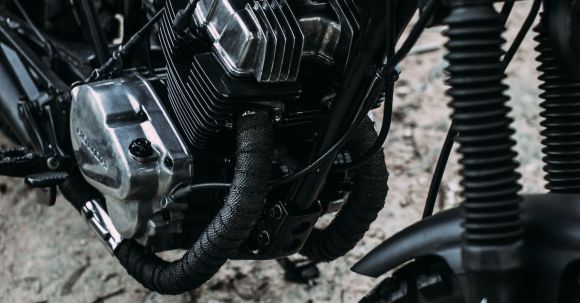Gear shifting is a fundamental skill that every driver must master in order to ensure smooth and efficient transitions while driving. Whether you are a beginner or an experienced driver, having a good understanding of how to shift gears properly can greatly enhance your driving experience. In this article, we will explore some essential tips and techniques to help you perfect gear shifting for seamless transitions.
Understanding the Basics
Before we delve into the techniques, it is important to have a solid understanding of the basics of gear shifting. In a manual transmission vehicle, gears are used to control the speed and power of the engine. The gear lever is typically located in the center console or on the steering column. To shift gears, you need to depress the clutch pedal, move the gear lever to the desired gear, and then release the clutch pedal gradually. The key is to synchronize the engine speed with the speed of the vehicle to ensure a smooth transition.
Timing is Everything
Timing plays a crucial role in achieving smooth gear shifts. It is important to shift gears at the right moment to prevent the engine from revving too high or stalling. The ideal time to shift gears is when the engine reaches its peak torque, which is typically around 2,000 to 3,000 RPM (revolutions per minute). Shifting too early can cause the engine to struggle, while shifting too late can result in higher fuel consumption and unnecessary wear on the engine.
Rev Matching for Downshifts
Downshifting, or shifting to a lower gear, requires a different technique compared to upshifting. When downshifting, it is essential to rev match to ensure a smooth transition. Rev matching involves blipping the throttle to match the engine speed with the speed of the lower gear before releasing the clutch pedal. This helps to minimize the shock to the drivetrain and prevent the vehicle from jerking. Practice rev matching by gradually increasing the throttle as you depress the clutch pedal to downshift.
Smooth Clutch Control
Having smooth clutch control is crucial for seamless gear shifts. When shifting gears, it is important to release the clutch pedal gradually to allow for smooth engagement of the gears. Avoid releasing the clutch too quickly, as this can result in a jerky transition. Additionally, avoid riding the clutch by keeping your foot on the clutch pedal unnecessarily. This can lead to premature wear and damage to the clutch system.
Practice Makes Perfect
As with any skill, practice is key to perfecting gear shifting. Find an empty parking lot or a quiet road to practice shifting gears. Start by familiarizing yourself with the gear pattern and the feel of the clutch. Practice shifting through the gears smoothly and gradually. With time and practice, you will develop a better feel for the clutch and be able to shift gears seamlessly.
Conclusion
Perfecting gear shifting for seamless transitions is an essential skill for any driver. By understanding the basics, mastering timing, practicing smooth clutch control, and implementing rev matching for downshifts, you can enhance your driving experience and prolong the life of your vehicle. Remember, gear shifting is a skill that improves with practice, so get out there and start perfecting your gear shifts today!
